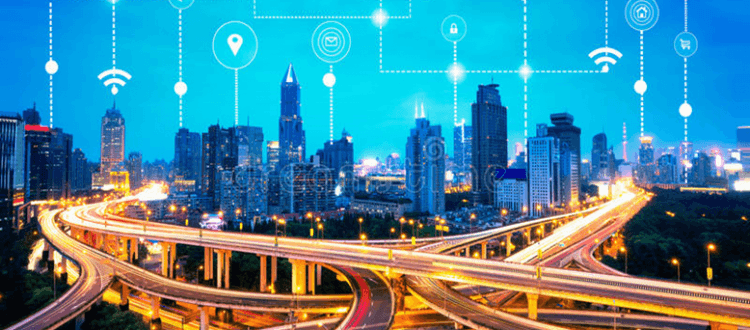Smart cities are a growing trend worldwide, aiming to improve citizens’ quality of life through technology and innovation. Intelligent Transportation Systems (ITS) are one of the main components of smart cities, using advanced technologies to enhance transportation efficiency, safety, and sustainability.
In this blog, we will discuss the role of ITS in creating smart cities and the benefits it provides. ITS technology manages traffic flow, reduces congestion, and enhances safety on roads by using sensors, cameras, and other devices to gather data about traffic, road conditions, and weather. This data is analyzed to make informed decisions about traffic management, such as adjusting traffic signals or rerouting traffic in real-time.
One of ITS’s most significant benefits is its ability to reduce traffic congestion through real-time data and analytics, optimizing traffic flow, and reducing travel time, fuel consumption, and emissions. This, in turn, improves air quality and reduces the city’s carbon footprint. Additionally, ITS improves safety on roads by detecting accidents and incidents in real time, alerting emergency services and drivers of hazardous conditions, and reducing the risk of accidents.
ITS also improves transportation accessibility through real-time data on public transport availability, making it easier for citizens to plan their journeys. Smart parking solutions can be implemented, allowing drivers to quickly locate available parking spots and pay for parking electronically. Furthermore, ITS promotes sustainable transportation options such as cycling and walking, reducing the number of cars on the road, improving air quality, and reducing emissions.
In conclusion, the implementation of Intelligent Transportation Systems is essential for building smart cities, optimizing traffic flow, enhancing safety, promoting sustainable transportation options, and improving citizens’ quality of life. With continued advancements in technology and increased adoption of ITS, the vision of smart cities will continue to become a reality.
Many cities now rely heavily on their public transit networks to get their residents throughout the city. Almost around the clock, public transportation options like trains and buses serve locals so they may get where they need to go quickly and affordably. The efficiency and capacity of public transportation networks may be improved with the help of ITS, as shown in Fig. 1, where customers waiting at “smart bus stops” can get real-time data about bus arrivals, departures, and delays.
Passenger satisfaction and journey time can be improved through route optimization that accounts for real-time traffic circumstances such as congestion caused by other vehicles and accidents. In addition, ITS IoT sensors that broadcast information like passengers waiting at a stop or destination point can facilitate communication between bus and rail systems.
Written By:
Satnam Singh Saini
Computer Science Department
Assistant Professor
SGT University
Gurugram




